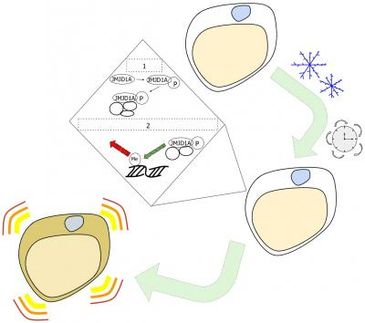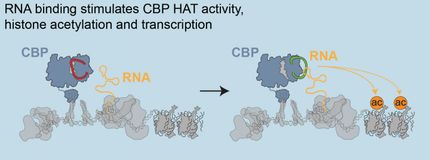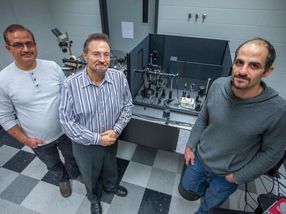Scientists 're-engineer' behavior in ants by turning on genes in the brain
Results promise to guide future research on neurological disorders
Certain threats -- such as starvation or an attack by enemies -- turn on genes in carpenter ants that change their behavior in ways that help their colony survive, according to a study co-authored by NYU Langone researchers. With related molecular pathways present in humans, the study may provide insights into mechanisms behind behavioral disorders.
Specifically, the research team found that compounds known to block the action of a group of enzymes, histone deacetylases (HDACs), activated genes that made one kind of carpenter ant worker behave like another, and without changing the instructions encoded in their genes.
"The study results are exciting because they show that behavior can be manipulated in social animals using compounds that bring about quick changes in the action of genes," says Danny Reinberg, PhD, the Terry and Mel Karmazin Professor in the Department of Biochemistry and Molecular Pharmacology at NYU Langone, and a corresponding study author. "Changing the code in genes inherited from parents is slow and fraught with difficulties, but chemical, epigenetic changes that turn existing genes on or off may someday provide an agile way to reverse diseases with behavioral components."
The newly published study is the result of an eight year collaboration among research teams led by Reinberg, Shelley Berger from the University of Pennsylvania, and Juergen Liebig from Arizona State University.
"Over millions of years of evolution, the same enzymes, including HDACs, have continued to play critical roles in the regulation of learning, memory and behavior," says Reinberg, also an investigator for the Howard Hughes Medical Institute, which funded the work. "While no one is saying that ant behavior extends to humans, we believe, nonetheless, that this work promises to help guide the future use of HDAC inhibitors, which are already being studied as potential treatments for schizophrenia, depression, and neurodegenerative diseases." Further investigation of HDAC inhibitors may also help to explain how the brain lays down nerve networks as memories form.
Epigenetic Changes Make Guards Act like Scouts
The current study results revolve around the organization of genes and how they are regulated. The blueprint for both ant and human bodies is encoded in genes, many of which hold the information needed to build proteins, the molecules that make up the body's structures and signals.
Research in recent years has shown that the instructions coded in genes are just one part of a larger genetic machine. As a result, many mechanisms enable cells to put the same genes to several uses by switching them on or off in different situations. These epigenetic switches also enable an animal to adjust to environmental changes during its lifetime, and instead of waiting for evolutionary changes to occur in genes over many generations.
In the species Camponotus floridanus, more commonly known as the Florida carpenter ant, the research team found that epigenetic regulation is key to determining whether any young female carpenter ant matures into a muscular 'major' charged with protecting the colony or a smaller 'minor' that scouts for food.
These two 'castes' have the same genes, but develop early in adulthood to assume different roles.
Specifically, the study found that foraging behavior as a caste-specific trait in the ant C. floridanus is controlled by the interplay between well-known families of enzymes: histone acetyltransferases (HATs), and histone deacetylases (HDACs). As their names suggest, HAT enzymes attach acetyl groups to histones, protein spools that DNA is wrapped around, to turn on genes. HDACs remove the groups from histones to turn off gene expression.
Using HDAC inhibitors, researchers were able to program ants to make those in the major caste start acting like minors, increasing their likelihood to go searching for food in a HAT-dependent manner. In ants that scouted more thanks to a diet of HDAC inhibitors, changes were detected in the action of hundreds of genes in the central ant brain linked to hormone signaling, the sending of signals along nerve pathways, and the building of connections between nerve cells.
To examine caste-based behavioral change, the researchers examined scouting behaviors after feeding workers a small-molecule HDAC inhibitor, valproic acid (VPA). As expected, VPA blocked HDAC activity to increase levels of acetylation at key histones, which caused VPA-treated minors and majors to do much more foraging than those not treated. The team concluded that HDAC normally inhibits foraging behavior in major workers, until blocked by naturally occurring regulatory mechanisms or related drugs.
























































